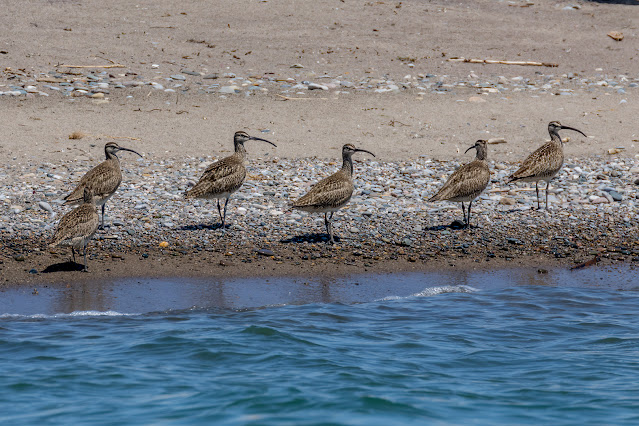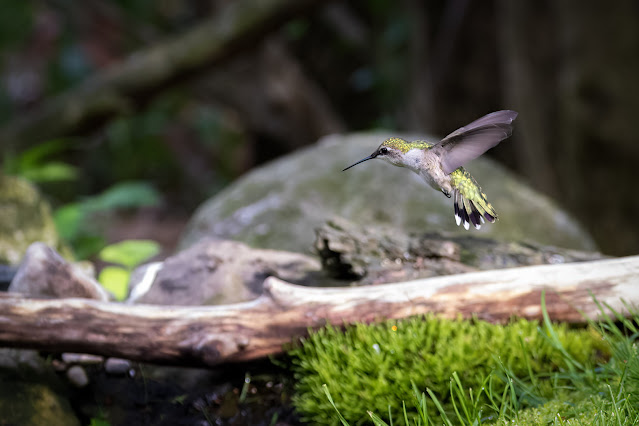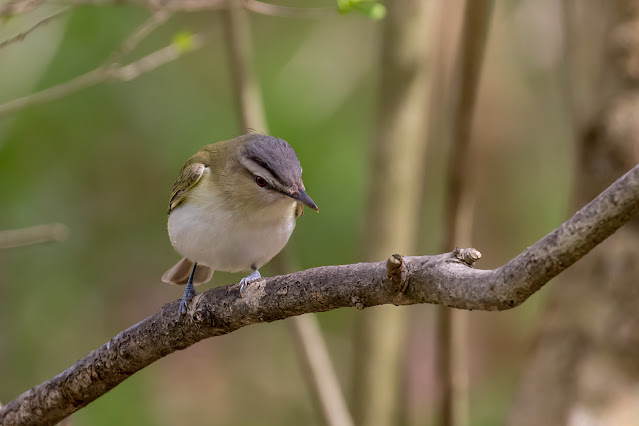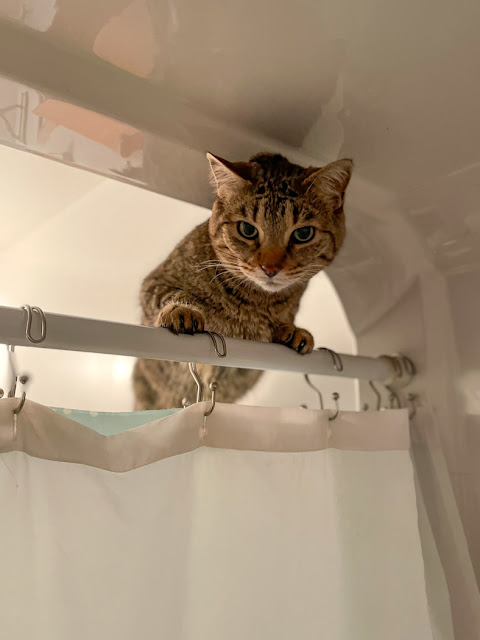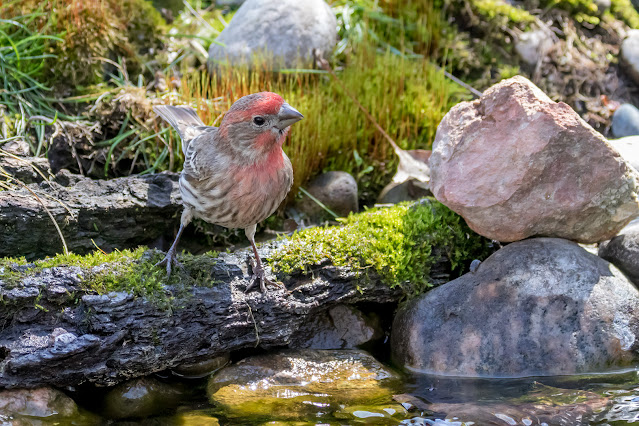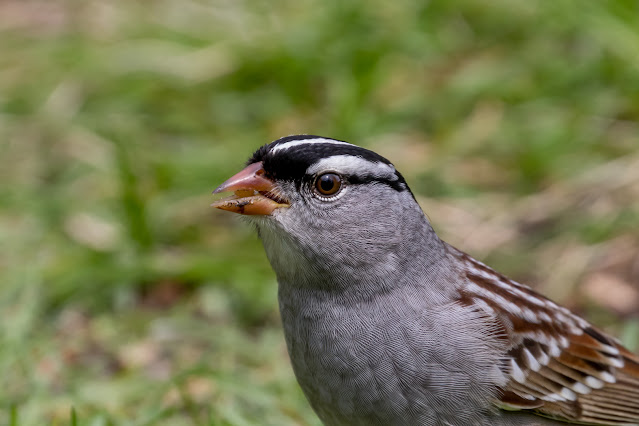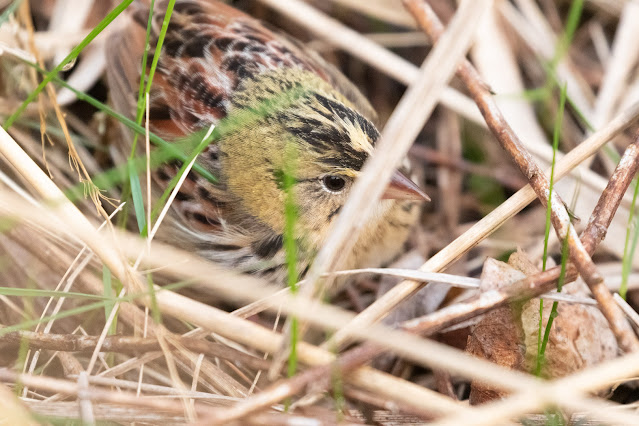White tailed deer fawn

Rondeau Provincial Park, Ontario, Canada, May 31, 2022. Anne spotted this fawn in our front yard. We think it was just 2-3 days old. A fawns first line of defence is to stay still. Odocoileus viriginianus Although fawns are able to walk shortly after birth, the doe (female deer) will hide them in a dry location sheltered by long grass or shrubs. Does prefer to keep a little distance from their fawns in an effort to keep them hidden, and will only have direct contact with them when nursing.




